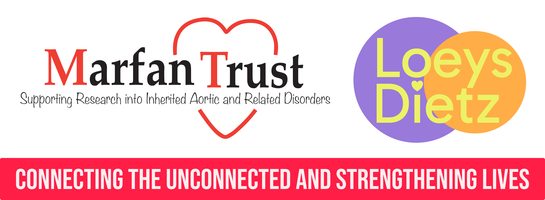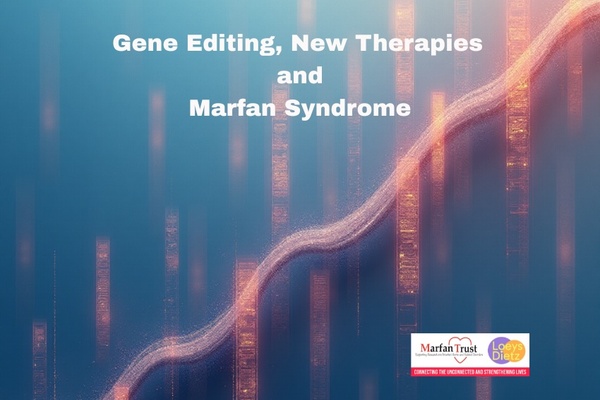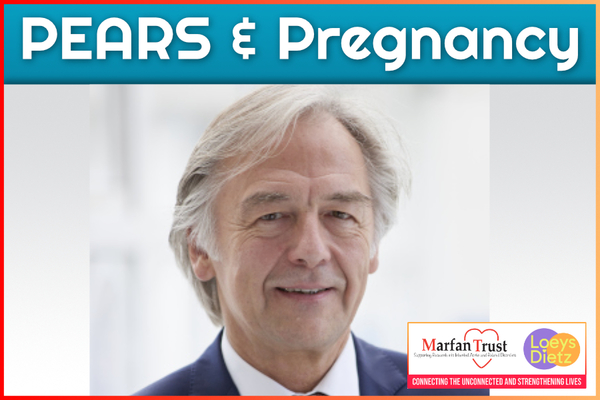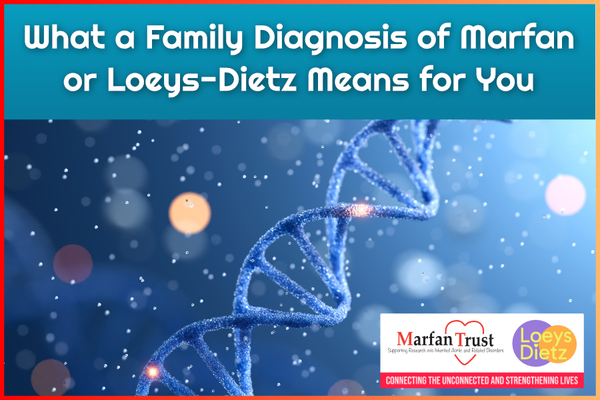Characteristically Marfan patients are tall and thin, with long limbs. Excessive height can bring many day-to-day problems, such as shopping for suitably sized clothes or shoes, struggling to fit into public transport and airline seating. Clinically, there is specific concern regarding the most serious complications of Marfan syndrome affecting the heart and major blood vessels. There is a worry that the extended period of growth in childhood associated with being tall may further weaken the aortic wall, increasing the risk of aneurysm.
Can anything be done?
Currently there is no formal guidance, recommendations or consensus within the medical profession. Two strategies are suggested, namely treatment with sex hormones to shorten the pubertal growth spurt, or surgery.
Side effects of hormone treatment include headaches, weight gain, aggression, and in females recent reports of reduced fertility in later life. The alternative treatment option is called epiphysiodesis. This is an orthopaedic surgery technique in which the knee growth plate is operated on to stop growth. The technique is minimally invasive, without the need for open surgery. The greatest results occur when this operation is performed early in the pubertal period.
In later life, a short length of bone can be removed from the leg, which also corrects the disproportion between leg length and trunk length.
What does this mean practically?
The child must be referred by a GP or paediatrician to a paediatric endocrinologist when the child is 150cm in height, if there are concerns about height or rate of growth or predicted final height. After a thorough discussion between child, parents and clinician, and with the endocrinologist’s prediction of final height based on bone age x-ray, a decision can be made. If the parents have kept annual height measurements at home, child standing against the wall without shoes, at annual intervals for example on the child’s birthday, this will greatly help the endocrinologist to predict final height.
Conclusion
The results of growth restriction through hormone therapy or orthopaedic surgery are most striking when intervention occurs early and the process is explained thoroughly to parents and child. Referral to a paediatric endocrinologist is key to success.
References:
Erkula G, Jones KB, Sponseller PD, Dietz HC, Pyeritz RE. Growth and maturation in Marfan syndrome. Am J Med Genet. 2002 Apr 22;109(2):100-15.
Lee DY, Hyun HS, Huh R, Jin DK, Kim DK, Yoon BK, Choi D. Estrogen-mediated Height Control in Girls with Marfan Syndrome. J Korean Med Sci. 2016 Feb;31(2):275-9.
Kim SE, Lee DY, Kim MS, Cho SY, Jin DK, Choi D. Appropriate Age for Height Control Treatment in Patients With Marfan Syndrome. Front Endocrinol (Lausanne). 2021 Oct 21;12:708931.
Rozendaal L, le Cessie S, Wit JM, Hennekam RC, The Dutch Marfan Working Group. Growth-reductive therapy in children with Marfan syndrome. J Pediatr. 2005 Nov;147(5):674-9.









